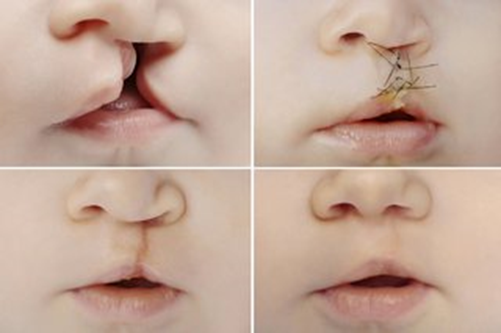A nurse is providing teaching to the parents of a 1-week-old infant who has a prescription for home oxygen and pulse oximetry monitoring. Which of the following statements by the parents indicates a need for further teaching?
The pulse oximeter might not be accurate during times of excessive movement.
We will notify the doctor if the pulse oximeter consistently reads 100%.
We will rotate the probe of the pulse oximeter every 24 hours.
The probe of the pulse oximeter can be applied to a finger or a toe.
The Correct Answer is C
Choice A reason: This statement is correct, as excessive movement can interfere with the accuracy of the pulse oximeter. The parents should ensure that the infant is calm and still when measuring the oxygen saturation.
Choice B reason: A pulse oximeter reading of 100% is not necessarily a cause for concern. In healthy individuals, a saturation level of 100% is achievable and does not require immediate notification to the doctor. It means that the infant's hemoglobin is fully saturated with oxygen, which is the goal of oxygen therapy. However, if you notice any issues or if the pulse oximeter consistently reads 100%, it would be a good idea to notify a healthcare professional.
Choice C reason: The probe placement does not need to be rotated every 24 hours. Once the probe is correctly positioned (usually on a finger or toe), it can remain in place for continuous monitoring without needing frequent adjustments.
Choice D reason: This statement is correct, as the probe of the pulse oximeter can be applied to a finger or a toe, depending on the size and fit of the probe. The parents should make sure that the probe is not too tight or loose, and that it does not interfere with the circulation of the extremity.
Nursing Test Bank
Naxlex Comprehensive Predictor Exams
Related Questions
Correct Answer is B
Explanation
Choice A reason: Barking cough is not a finding that indicates the effectiveness of the treatment. Barking cough is a sign of inflammation of the larynx and trachea, which causes a hoarse and harsh sound. It is a common symptom of acute laryngotracheobronchitis, also known as croup.
Choice B reason: Decreased stridor is a finding that indicates the effectiveness of the treatment. Stridor is a high-pitched, wheezing sound that occurs when the airway is narrowed or obstructed. It is a sign of respiratory distress and hypoxia. The cool mist tent helps to humidify and soothe the airway, reducing the swelling and inflammation.
Choice C reason: Decreased temperature is not a finding that indicates the effectiveness of the treatment. Decreased temperature could be a sign of hypothermia or sepsis, which are serious complications that require immediate attention. The normal temperature range for a toddler is 36.5°C to 37.5°C (97.7°F to 99.5°F).
Choice D reason: Improved hydration is not a finding that indicates the effectiveness of the treatment. Improved hydration is a sign of adequate fluid intake and output, which are important for maintaining electrolyte balance and preventing dehydration. However, hydration status does not directly affect the airway inflammation or obstruction.
Correct Answer is A
Explanation
Choice A reason: Applying and releasing elbow restraints every hour prevents the infant from touching or injuring the surgical site, while allowing some movement and circulation. This is a standard nursing intervention for infants who have undergone cleft palate repair.
Choice B reason: Keeping the infant supine is not recommended, as it increases the risk of aspiration and bleeding. The infant should be placed in a side-lying or upright position to facilitate drainage and prevent pressure on the suture line.
Choice C reason: Feeding the infant with a spoon for 48 hours is not necessary, as it may cause discomfort and trauma to the palate. The infant can be fed with a special nipple or a syringe with a rubber tip that delivers small amounts of formula or breast milk to the side of the mouth.
Choice D reason: Suctioning the mouth with an oral suction tube is contraindicated, as it may damage the palate and cause bleeding or infection. The nurse should use a bulb syringe to gently suction the nose and mouth if needed.

Whether you are a student looking to ace your exams or a practicing nurse seeking to enhance your expertise , our nursing education contents will empower you with the confidence and competence to make a difference in the lives of patients and become a respected leader in the healthcare field.
Visit Naxlex, invest in your future and unlock endless possibilities with our unparalleled nursing education contents today
Report Wrong Answer on the Current Question
Do you disagree with the answer? If yes, what is your expected answer? Explain.
Kindly be descriptive with the issue you are facing.
